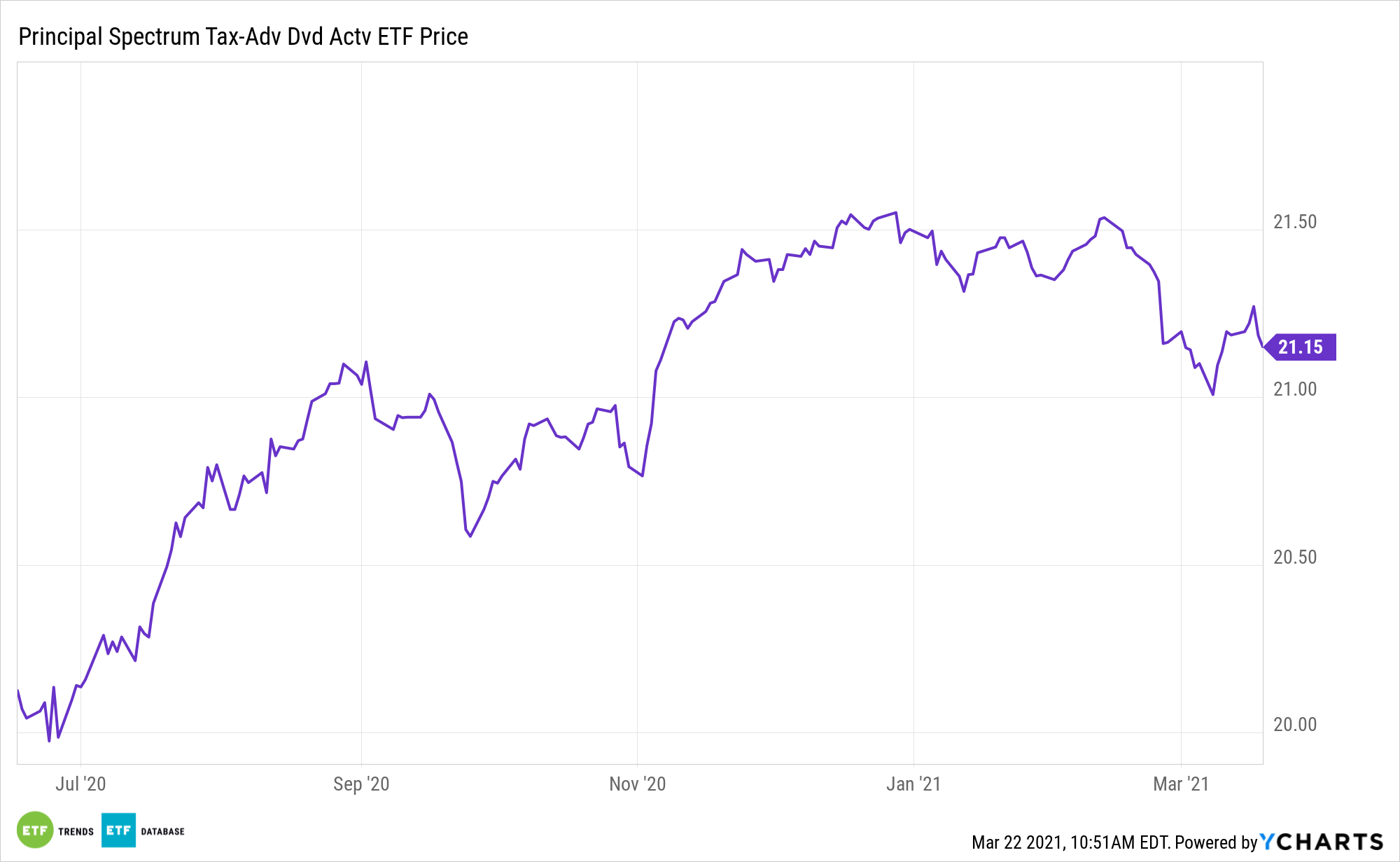Convertible bond ETFs are proving to be one of the sturdier corners of the bond market this year. Investors can get on the act without a full commitment with the Principal Spectrum Tax-Advantaged Dividend Active ETF (PQDI).
PQDI, which debuted in June, offers exposure to multiple income assets, including convertibles. The Principal ETF “seeks to provide current income. Under normal circumstances, the fund invests at least 80% of its net assets, plus any borrowings for investment purposes, in dividend-paying securities at the time of purchase,” according to Principal. “Such securities include, without limitation, preferred securities and capital securities of U.S. and non-U.S. issuers. The fund invests significantly in securities that, at the time of issuance, are eligible to pay dividends that qualify for favorable U.S. federal income tax treatment.”
“The convertible bond market always seems to have the adjective ‘quirky’ attached to it, but last year a better word would have been ‘soaring.’ The SPDR Bloomberg Barclays Convertible Securities exchange-traded fund was up 53%, on the back of gains in the stocks of issuers such as Tesla, the biggest player in the market,” reports Leslie Norton for Barron’s.
PQDI offers a higher level of income because it combines convertibles exposure with preferred stocks and REITs, among other income-generating assets. PQDI’s convertibles allocation is proving potent this year.

Why Convertible Bonds?
Convertible bonds are seen as a middle ground between stocks and bonds. The securities pay lower coupons than regular unsecured debt securities, but they can also make up the difference if the company’s shares continue to appreciate. Due to onerous regulations, PQDI is a preferred avenue to convertibles for many investors.
“Convertibles are corporate bonds that pay interest and can be redeemed for cash or exchanged for a specific number of shares,” according to Barron’s. “They typically offer lower yields than straight bonds; many new issues have yielded zero recently. But, if their issuer’s stock goes up, holders can reap hefty returns by converting the bonds into shares. At the same time, convertibles provide some downside protection because prices of bonds generally don’t fall as much as those of stocks when a company loses favor with investors.”
See also: The Case for Convertible Bonds and the PQDI ETF
Convertible bonds are a type of hybrid fixed-coupon security that allows the holder the option to swap the bond security for common or preferred stock at a specified strike price. Due to the bond’s equity option, convertible bonds typically pay less interest than traditional corporate bonds. The fund, though, does not convert its holdings into shares. Investors are exposed to the equity premium due to the way the bonds are priced.
For more on active strategies, visit our Active ETF Channel.
The opinions and forecasts expressed herein are solely those of Tom Lydon, and may not actually come to pass. Information on this site should not be used or construed as an offer to sell, a solicitation of an offer to buy, or a recommendation for any product.








